When it comes to plumbing and construction projects, selecting the right material for pipes is crucial. Among the various options available, galvanized steel pipes stand out as an excellent choice due to their exceptional durability and corrosion-resistant properties. In this blog article, we will delve into the world of galvanized steel pipes, exploring their composition, manufacturing process, benefits, and applications. This comprehensive guide will provide you with valuable insights into the features and advantages of galvanized steel pipes.
What are Galvanized Steel Pipes?
Galvanized steel pipes are steel pipes that have undergone a specialized coating process to prevent corrosion and increase their longevity. These pipes are typically made from carbon steel and are coated with a layer of zinc, forming a protective barrier between the steel and the surrounding environment. The zinc coating not only provides exceptional resistance against rust and corrosion but also enhances the overall strength of the pipe. They are also known as galvanizing pipes or pipes galvanized.
Manufacturing Process
The manufacturing process of galvanized steel pipes involves several steps to ensure a durable and reliable end product. Here is a brief overview of the process:
- Cleaning: The steel pipes are thoroughly cleaned to remove any impurities or residues, ensuring proper adhesion of the zinc coating.
- Pickling: The pipes are then immersed in an acidic solution to remove any mill scale or oxides present on the surface. This step further prepares the steel for the galvanizing process.
- Galvanizing: The cleaned and pickled pipes are submerged in a bath of molten zinc. Through a metallurgical reaction known as hot-dip galvanizing, the zinc forms a tightly bonded coating on the steel surface.
- Cooling and Inspection: After galvanization, the pipes are cooled and inspected for quality control. This step ensures that the zinc coating is uniform and free from any defects.
Benefits of Galvanized Steel Pipes
Galvanized steel pipes offer various benefits as listed below:
- Exceptional Durability: Galvanized steel pipes are known for their remarkable durability. The zinc coating acts as a sacrificial layer, protecting the underlying steel from corrosion and extending the lifespan of the pipes.
- Corrosion Resistance: The primary benefit of galvanized steel pipes is their superior resistance to corrosion. They can withstand harsh environmental conditions, including moisture, chemicals, and even underground exposure.
- Longevity: Due to their excellent corrosion resistance, galvanized steel pipes have a significantly longer lifespan compared to regular steel pipes. They can last up to 50 years or more, reducing the need for frequent replacements.
- Low Maintenance: Galvanized steel pipes require minimal maintenance over their lifespan. The zinc coating acts as a self-healing barrier, ensuring that minor scratches or abrasions do not compromise the integrity of the pipe.
- Versatility: Galvanized steel pipes are suitable for a wide range of applications, including water supply systems, plumbing, gas pipelines, outdoor structures, fencing, and more. They are compatible with various fittings and connectors, providing flexibility in installation.
- Cost-Effective: Although galvanized steel pipes may have a higher initial cost compared to some other materials, their long lifespan and low maintenance requirements make them a cost-effective choice in the long run.
Specifying Galvanized Steel Pipes
When specifying galvanized steel pipes, it is essential to provide accurate and detailed information to ensure that the pipes meet the desired requirements. Here are some key factors to consider when specifying galvanized steel pipes:
- Galvanized Steel Pipe Size: Specify the nominal pipe size of the galvanized steel pipe based on the intended application. The size is typically expressed in inches or millimeters and refers to the inside diameter of the pipe. Common sizes range from 1/8 inch to 24 inches or more. They have the same basic steel pipe sizes with galvanization.
- Schedule: Determine the appropriate schedule for the galvanized steel pipe based on the specific application requirements. The schedule determines the wall thickness of the pipe and can vary from Schedule 10 to Schedule 160, with Schedule 40 being one of the most commonly used options.
- Length: Specify the desired length of the galvanized steel pipes. Common lengths include 21 feet or 6.4 meters, 24 feet or 7.3 meters, and custom lengths as needed. It is essential to consider the transportation and installation requirements when determining the pipe length.
- Coating: Specify the galvanized coating requirements. Galvanized steel pipes typically have a hot-dip galvanized coating, but you may also specify other coating options if necessary. This includes specifying the thickness of the zinc coating, such as minimum coating weight in ounces per square foot or grams per square meter.
- Standards and Specifications: Identify the relevant industry standards and specifications that the galvanized steel pipes must meet. This may include standards set by organizations like ASTM International (American Society for Testing and Materials) or ANSI (American National Standards Institute).
- Quantity: Clearly state the required quantity of galvanized steel pipes needed for the project. This ensures accurate procurement and delivery.
- Additional Requirements: Specify any additional requirements, such as specific threading, end connections, or special testing needs.
- Application: Provide information about the intended application or use of the galvanized steel pipes. This helps the supplier or manufacturer understand the project requirements and recommend the most suitable product.
By providing detailed information on size, schedule, length, coating, standards, quantity, and application, you can effectively specify galvanized steel pipes and ensure that the supplied pipes meet your project’s needs. Consulting with industry professionals or pipe suppliers can also be helpful in determining the most appropriate specifications for your specific requirements.
What is the meaning of Galvanized Steel Pipe Schedule 40?
Galvanized steel pipe Schedule 40 refers to a specific type of galvanized steel pipe that conforms to the Schedule 40 standard as defined by the American National Standards Institute (ANSI).
In the context of galvanized steel pipes, “schedule” refers to the wall thickness of the pipe. Schedule 40 is one of the most common schedules used for galvanized steel pipes in various applications, including plumbing, water supply systems, and general construction.
The “40” in schedule 40 indicates the wall thickness of the pipe, which is measured in units called “schedules.” Schedule 40 pipes have a relatively thick wall compared to other schedules, providing added strength and durability. The actual wall thickness of a Schedule 40 galvanized steel pipe varies depending on its nominal size.
Galvanized steel pipe schedule 40 is preferred in applications where the pipe needs to withstand higher pressures, such as carrying pressurized liquids or gases. The thick wall of Schedule 40 pipes allows them to handle increased stress and maintain structural integrity.
It’s important to note that the schedule number of a galvanized steel pipe affects not only its wall thickness but also its weight and internal diameter. These factors should be considered when selecting the appropriate galvanized steel pipe for a specific application.
In summary, galvanized steel pipe schedule 40 is a type of galvanized pipe with a relatively thick wall, providing enhanced strength and durability. Its compatibility with various applications makes it a popular choice in plumbing, water supply systems, and general construction projects.
Applications of Galvanized Steel Pipes
Galvanized steel pipes find extensive use in numerous industrial, commercial, and residential applications. Some common applications include:
- Water Supply Systems: Galvanized steel pipes are widely used for transporting potable water in residential and commercial buildings. Their corrosion resistance ensures the delivery of clean and safe water.
- Plumbing Systems: These pipes are commonly employed for plumbing installations due to their durability and reliability.
- Gas Pipelines: Galvanized steel pipes are ideal for gas pipelines, as they can withstand pressure and provide a secure conduit for natural gas distribution.
- Outdoor Structures: The corrosion resistance of galvanized steel makes it a popular choice for outdoor structures such as handrails, fences, guardrails, and signposts.
- Irrigation Systems: Galvanized steel pipes are suitable for irrigation systems due to their ability to withstand exposure to moisture and soil conditions.
How to Weld Galvanized Steel Pipes?
Welding galvanized steel pipes requires specific techniques and precautions to ensure a strong and reliable weld while minimizing the risk of zinc fumes and other hazards. Here’s a general guide on how to weld galvanized steel pipes:
Safety Precautions:
- Wear appropriate personal protective equipment (PPE), including welding gloves, a welding helmet with a proper filter, protective clothing, and respiratory protection.
- Work in a well-ventilated area or use exhaust ventilation to minimize exposure to zinc fumes.
- Avoid welding galvanized steel pipes near flammable materials to prevent the risk of fire.
Preparation:
- Clean the galvanized steel pipe thoroughly before welding to remove any dirt, grease, or zinc coating residue. Use a wire brush or a dedicated cleaning solution to ensure a clean surface.
- Be aware that welding galvanized steel produces toxic fumes, so make sure the workspace is properly ventilated and use respiratory protection.
Selection of Welding Method:
- There are several welding methods suitable for galvanized steel pipes, including stick welding (SMAW), MIG welding (GMAW), and TIG welding (GTAW).
- Choose the appropriate welding method based on the thickness of the galvanized steel pipe and the desired welding technique.
Welding Techniques:
- Ensure a proper fit-up of the pipes, maintaining the desired joint configuration.
- Set the welding machine to the appropriate settings based on the welding method, pipe thickness, and joint configuration.
- Start welding from the root of the joint and maintain a steady travel speed to achieve a uniform and strong weld.
- If using the MIG welding method, adjust the voltage, wire feed speed, and shielding gas flow rate according to the manufacturer’s recommendations.
- For TIG welding, use a filler rod suitable for galvanized steel and employ proper techniques to control heat input and achieve a clean and precise weld.
Post-Welding:
- Allow the welded joint to cool naturally and avoid quenching it with water, as this can lead to rapid zinc corrosion.
- Inspect the weld for any defects or imperfections and address them if necessary.
- If required, remove any excess zinc around the weld bead using a wire brush or grinder.
- It’s crucial to note that welding galvanized steel produces toxic zinc fumes that can cause health hazards. Ensure proper ventilation, use respiratory protection, and follow safety guidelines to minimize exposure. Additionally, consulting welding professionals or seeking guidance from experienced welders can provide valuable insights and techniques specific to your welding project. More details about welding galvanized steels will be found here.
Conclusion
Galvanized steel pipes offer a wide range of benefits, making them an excellent choice for plumbing and construction projects. Their exceptional durability, corrosion resistance, and longevity ensure reliable performance and reduced maintenance requirements. Whether for water supply systems, plumbing installations, or outdoor structures, galvanized steel pipes provide a robust and cost-effective solution. By understanding the manufacturing process and advantages of galvanized steel pipes, you can make an informed decision when selecting piping materials for your next project.

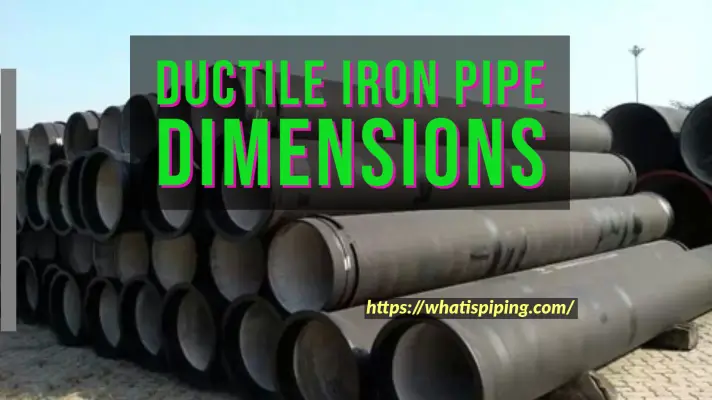

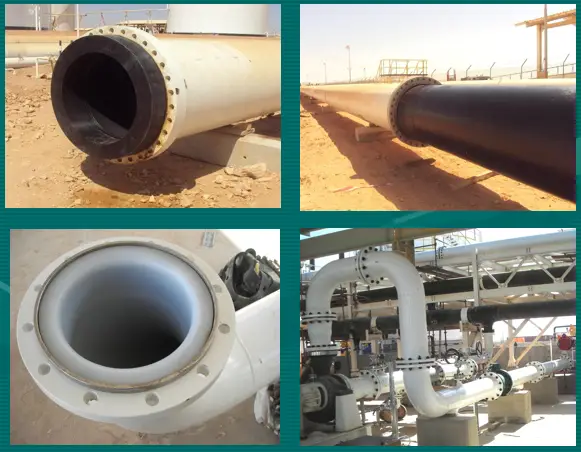

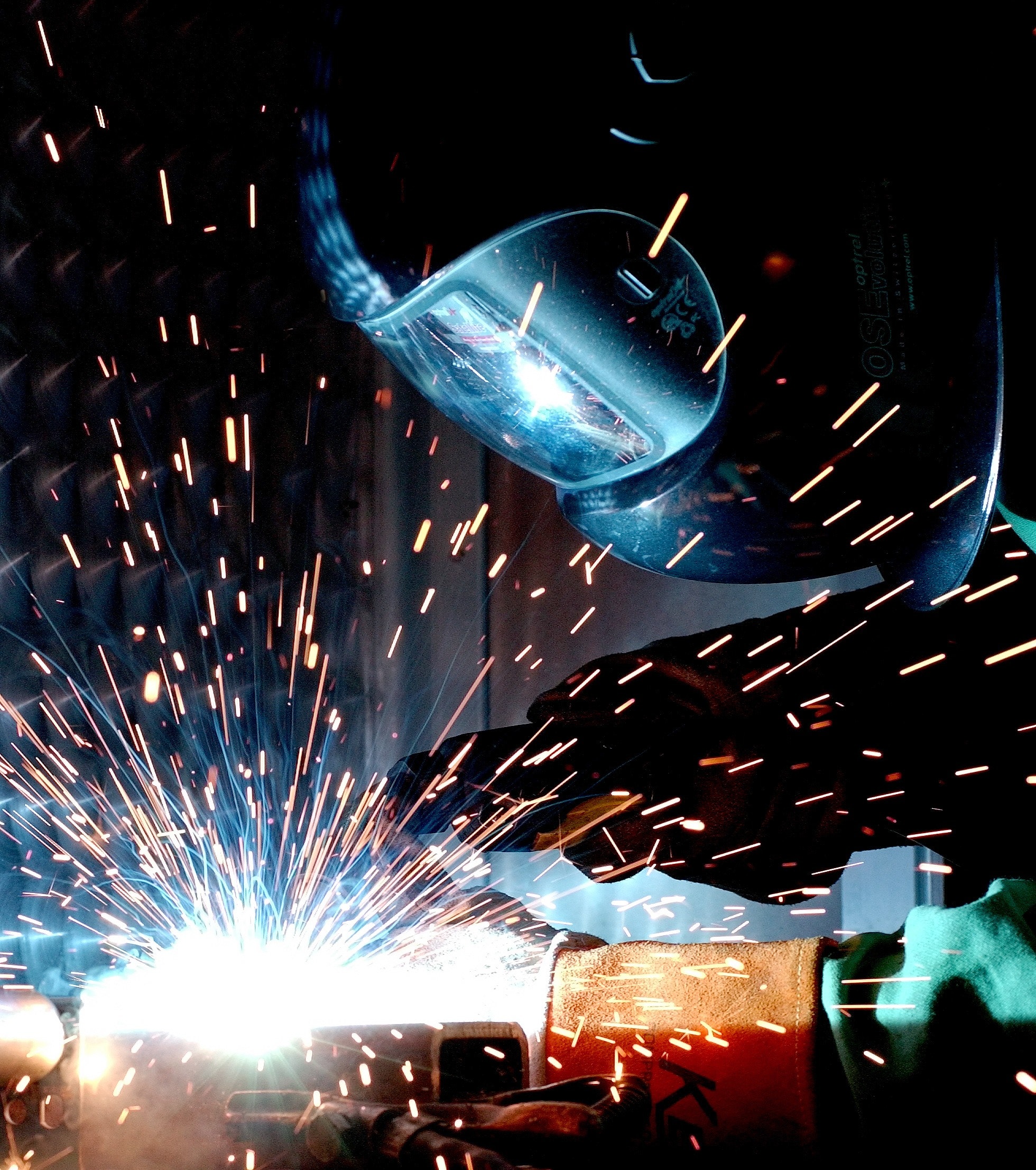
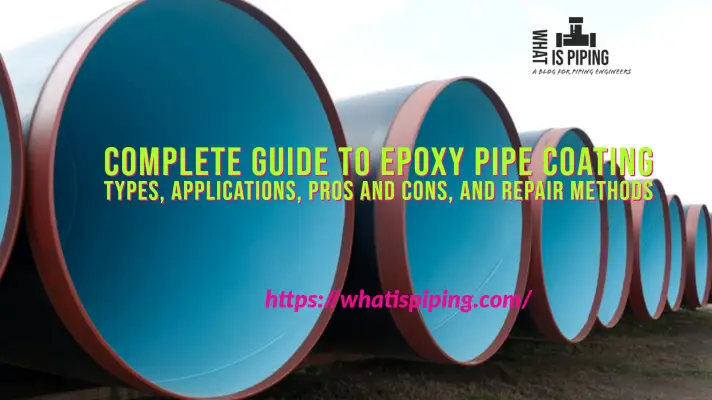
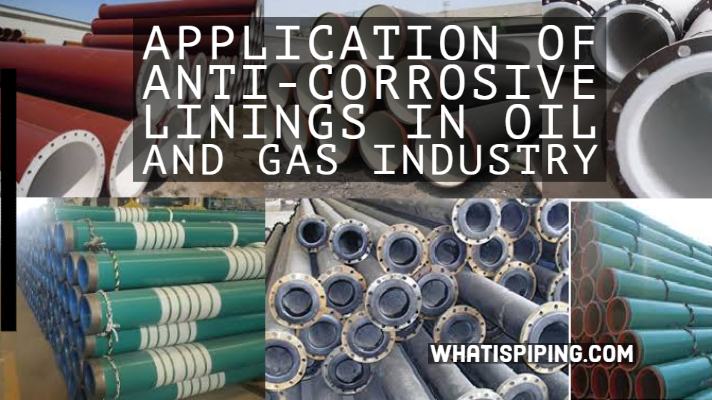
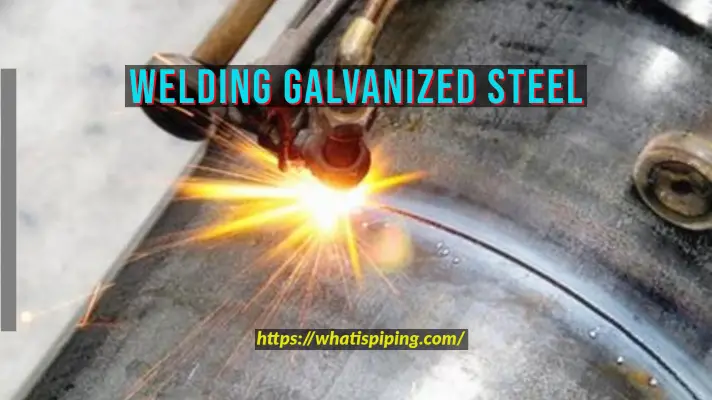
Great article!
You also need to address corrosion of HAZ free of Zinc layer though.
Thanks,
Kurt